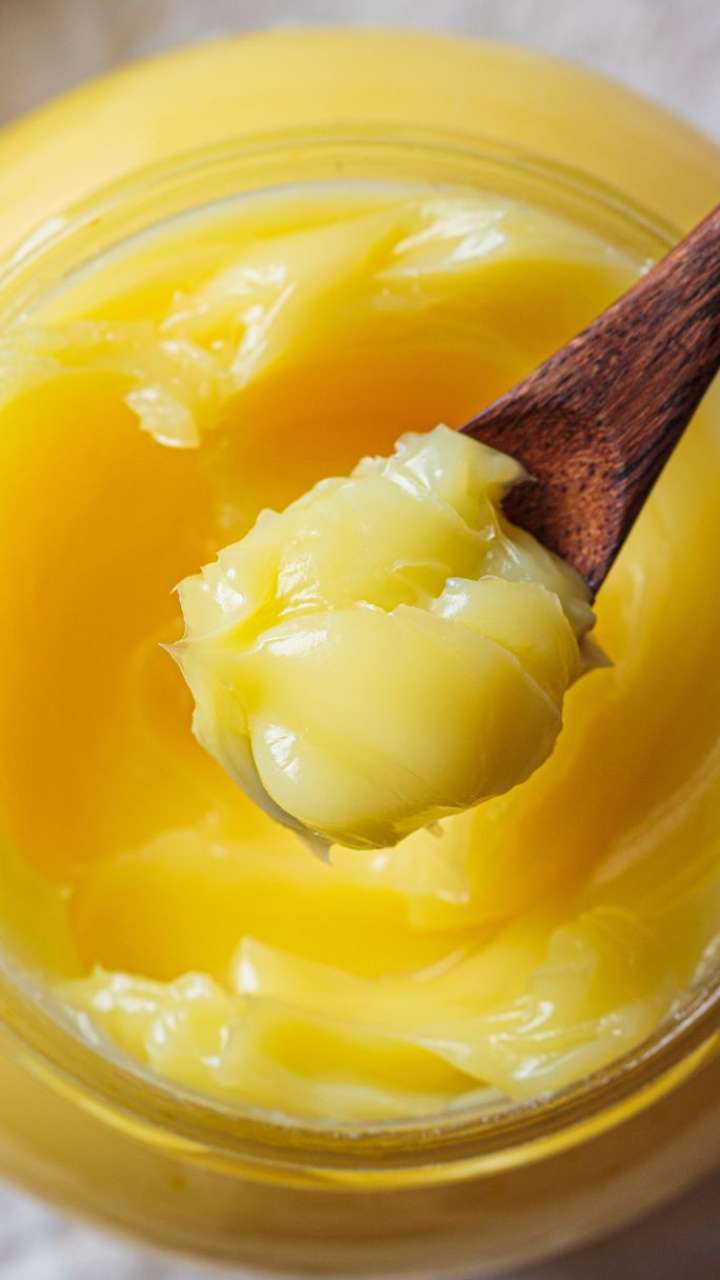Orange Hair After Dyeing? What Causes Brassiness And How To Tone It Down
Have you ever walked out of a salon with your dream hair colour, only to watch it turn into an unwanted shade of orange a few weeks later? Brassy tones, especially the dreaded orange and yellow hues, are a common struggle for anyone who colours their hair, whether you have gone blonde, brown, or even tried balayage.

'Brassy' is simply a word we use to characterise the unwanted, warm tones on coloured hair. These tones most commonly appear as orange, yellow, or red and can disrupt your colour goal. If you have dyed your hair blonde and it’s now looking more golden-orange than icy-cool, that’s brassiness in action. This usually happens with lighter hair colours, but brunettes aren’t safe either, colour-treated brown hair can also turn brassy, often leaning red or coppery.

All hair has natural undertones. When you lighten your hair, the bleach or dye removes the darker pigment, but it doesn’t always eliminate the warm undertones, especially if your natural hair is dark. As a result, orange or yellow tones can peek through.
Hair colour oxidises over time because of exposure to air, water, heat, and sunlight. When your colour oxidises, those warm undertones lurking in the background can come to the surface and become more apparent.
Yes, your shower water might be a contributing factor. Hard water has minerals such as iron and copper that deposit in your hair and alter its colour, causing it to be more orange or darker.
UV light may cause the molecules in your hair dye to break down, causing it to fade earlier and result in unsolicited brassy colours. It's like sun damage but for hair colour.
Applying shampoos or conditioners not meant for colour-treated or dyed hair may strip your colour off and accelerate the onset of brassiness.
Here's how to tone things down and restore your hair to salon-fresh:

Purple shampoos cancel out yellow tones on blonde hair, and blue shampoos counteract orange tones on brunette hair. Apply once or twice a week as a replacement for regular shampoo, but don't overuse the product. This may result in dull colour and even a shade of purple.
A toner is a salon product that helps correct the hair colour and neutralise brassiness. If purple shampoo isn’t doing enough, a toner applied by a professional can make a huge difference.
If you live somewhere with known hard water, a showerhead filter can reduce mineral deposit buildup on your locks, keeping your colour fresher for longer.
Also Read: Revive Your Coloured Hair: 5 Nourishing DIY Hair Masks You Should Try

Just as you wear sunscreen, your hair can benefit from protection as well. Apply hair products that contain UV filters or wear a hat if you spend many hours outdoors. It sounds simple, but it truly does stop colour fade.
Hot water opens up the hair cuticle, making it easier for colour to wash out. Cold water helps seal the cuticle, keeping your dye in place and slowing fading.
A spot gloss or toner at the salon every so often is all you may need to perk up your colour and eliminate brassy tones. Don't go too long without visiting, maintenance is paramount.
Brassy hair isn't a sign that you did anything wrong, it's just a part of the colouring process of the hair, especially if you colour your hair lighter. But with the proper care and a few easy adjustments to your routine, you can knock out the orange and restore the cool, dark colour you desire.
[ This article contains information for informational purposes only. Hence, we advise you to consult your professional if you are dealing with any health issue to avoid complications.]













